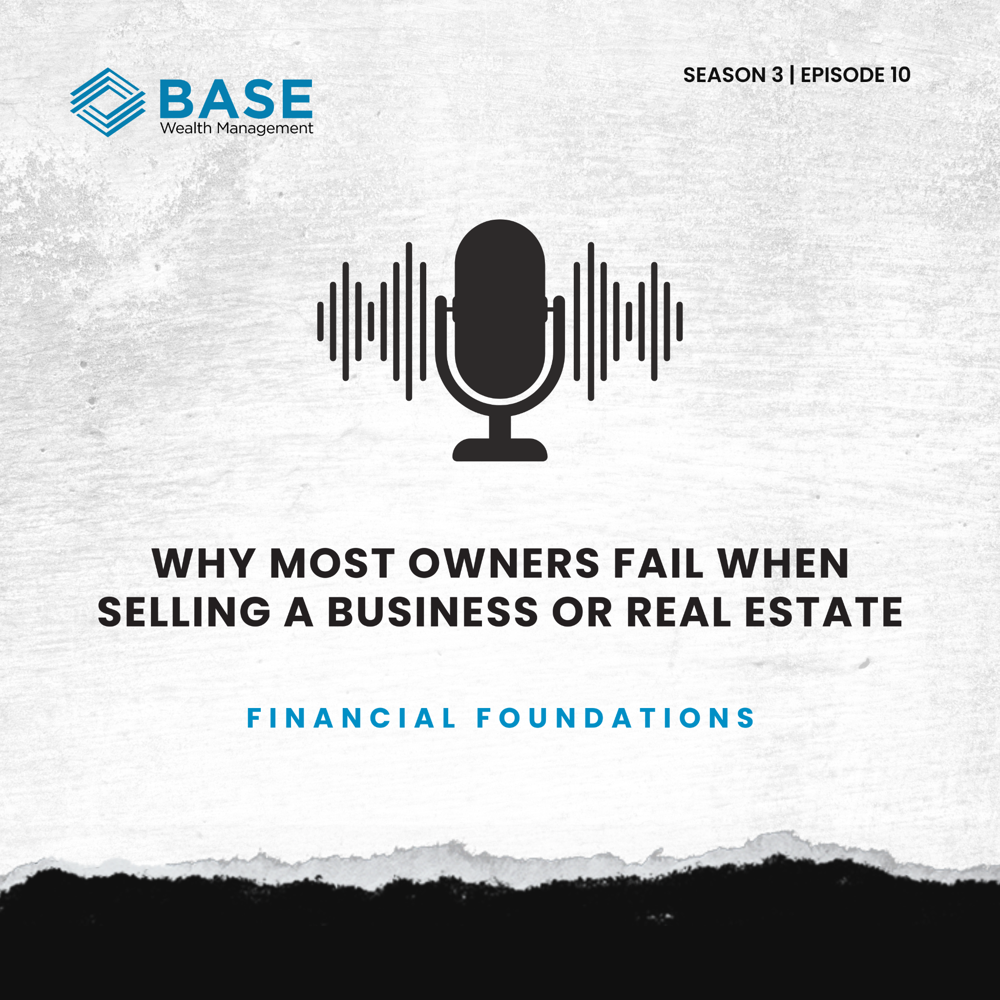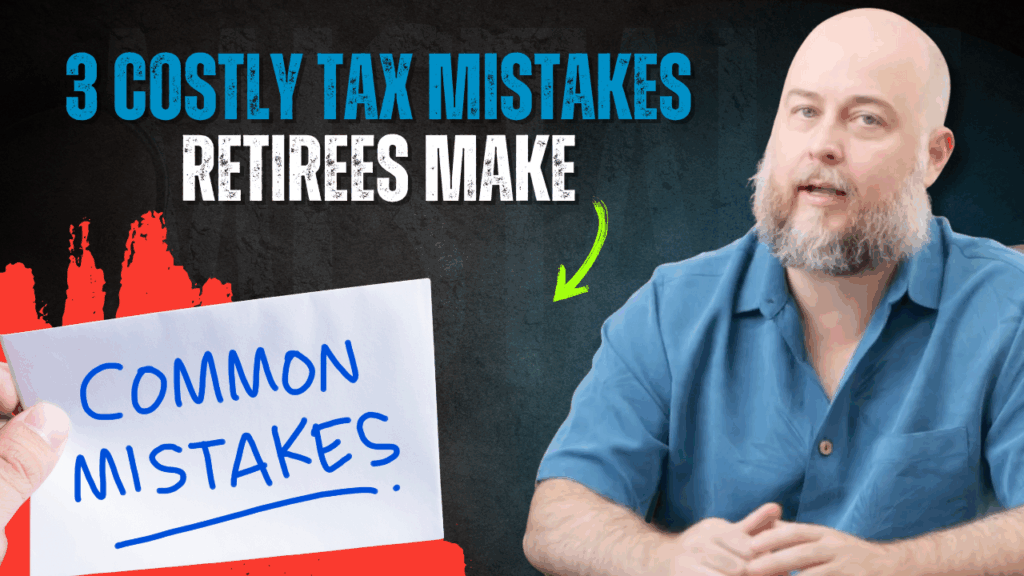For those who are charitably inclined, giving isn’t just about generosity—it’s also about intention. The goal is often twofold: support the causes you care about while doing so in a financially responsible and tax-efficient way. One strategy that continues to gain traction for its balance of simplicity and impact is the donor-advised fund (DAF).
At Base Wealth Management, we’ve seen more clients leaning into this option, especially those navigating higher income years or preparing for retirement. Donor-advised funds offer a unique blend of control, tax benefit, and long-term flexibility—and in the right circumstances, they can significantly amplify the impact of your charitable giving.
What Is a Donor-Advised Fund?
A donor-advised fund is a type of charitable investment account that allows you to contribute assets, receive an immediate tax deduction, and then distribute the funds to charities of your choosing over time.
“Think of it as preloading your philanthropy,” explains Alex Wolfe, CFP® and financial advisor at Base Wealth Management. “You’re locking in the tax benefits now, but you maintain control over when—and to whom—you give.”
That’s one of the biggest draws of a donor-advised fund: the separation of the tax deduction from the timing of the actual donation. Rather than scrambling at year-end to get receipts from every nonprofit you’ve supported, a DAF provides a clean, centralized structure for your giving. You receive one receipt for your contribution, and the fund handles the rest—streamlining both your taxes and your charitable strategy.
Control Meets Strategy
Many individuals donate in the traditional sense—writing checks or making online contributions directly to nonprofits. But this approach can be reactive and inconsistent. With a donor-advised fund, charitable giving becomes more strategic.
“DAFs allow clients to take a long-term view,” Wolfe adds. “You can group multiple years of giving into one large donation—often called ‘super funding’—which could push you into itemizing your deductions instead of taking the standard deduction.”
Here’s an example: Say someone earns $425,000 annually and takes the standard deduction, lowering their taxable income to around $395,000. They remain in the 32% federal tax bracket. If this person is charitably inclined and typically donates $5,000 per year, they likely wouldn’t itemize deductions because that total doesn’t exceed the standard deduction threshold.
However, if they were to “super fund” 10 years’ worth of donations—putting $50,000 into a donor-advised fund in a single year—they could drop into a lower tax bracket and unlock itemized deductions. In this case, the move could save thousands in taxes today while preserving the flexibility to support their chosen nonprofits over the next decade.
Beyond Cash: Gifting Appreciated Assets
One of the most overlooked strategies for charitable giving is donating appreciated stock instead of cash. For clients who’ve held investments for a long time, particularly in a taxable account, the capital gains exposure can be significant.
“If you’re sitting on highly appreciated assets—think Apple or other tech stocks—it might be time to consider giving those instead of cash,” says Jeremy Riggs, an advisor at Base Wealth Management. “Not only do you avoid the capital gains tax, but you also get a deduction for the full market value of the asset.”
Let’s say you plan to donate $50,000 and own stock with a $25,000 cost basis and $25,000 in gains. Selling the stock would trigger capital gains tax. But donating it directly to a donor-advised fund avoids that entirely. You still receive the full $50,000 deduction, and the charity gets the benefit without tax consequences.
This type of giving can be especially powerful in high-income years, such as the final stretch of a working career or following a liquidity event like the sale of a business or property.
Simplicity and Ease of Use
One of the practical benefits of a donor-advised fund is its simplicity. All your giving is managed from a single platform, often through an intuitive online portal or app. Whether you want to make a one-time gift or set up recurring monthly support for a local nonprofit or church, the process is as simple as a few clicks.
“It’s much easier than writing a bunch of checks and tracking receipts from different organizations,” Wolfe notes. “I’ve had clients who were constantly chasing down acknowledgements for year-end giving. With a DAF, that stress disappears.”
Even if the charities you support aren’t set up to receive electronic donations, most donor-advised fund platforms—like Fidelity Charitable or Schwab Charitable—will mail a check on your behalf. That doesn’t affect your tax deduction, which is locked in when you contribute to the fund, not when the donation is distributed.
Flexibility in Timing and Investment
Another major advantage of a DAF is that the funds can be invested while they wait to be distributed. Depending on your risk tolerance and timeline, the assets inside your donor-advised fund can be placed in anything from a conservative money market fund to a portfolio tracking the S&P 500.
“If you’re using a DAF for long-term charitable planning, it makes sense to consider a growth-oriented strategy,” Riggs says. “A $50,000 contribution today could turn into $60,000 or more over time, which ultimately increases your impact.”
Importantly, the performance of the fund after contribution doesn’t impact your tax deduction—that’s based on the value at the time you donate. But it does give you the chance to do more with the same dollars.
Who Can Benefit from a Donor-Advised Fund?
While donor-advised funds can work for almost anyone who gives regularly to charity, they tend to be especially advantageous for:
High earners looking to reduce their current tax liability
Individuals nearing retirement
Those who want to simplify and organize their charitable giving
People with appreciated stock or other non-cash assets
Families who want to create a legacy of giving and involve children in philanthropic decisions
“You don’t have to be ultra-wealthy to benefit from a DAF,” Wolfe emphasizes. “What you need is a desire to give and a strategic mindset around how to do it effectively.”
Finding the Right Organizations
One common question clients ask is whether all charities qualify for grants from a donor-advised fund. Generally, the answer is yes—so long as the organization is a recognized 501(c)(3) nonprofit.
If you’re unsure, platforms like Fidelity Charitable offer searchable databases to confirm eligibility. For smaller or local charities not listed electronically, you can usually provide the name, address, and tax ID to have them added.
“We’ve helped clients support everything from national organizations to grassroots community efforts,” Wolfe shares. “As long as it’s a qualified nonprofit, it’s usually just a matter of a quick lookup or a manual request.”
Final Thoughts
Donor-advised funds are one of the most powerful—and underutilized—tools for charitable giving. They combine immediate tax benefits with future flexibility, offer the ability to donate non-cash assets, and streamline the recordkeeping process dramatically.
At Base Wealth Management, we believe in giving with purpose. “A donor-advised fund isn’t just a tax move—it’s a way to align your values with your financial life,” Wolfe concludes.
Whether you’re planning a significant gift this year or simply looking for a better way to manage your annual donations, a donor-advised fund may be worth exploring.




















